TORONTO, Canada/LEIPZIG, Germany: Not only humans, but animals too, have to deal with toothache once in a while. A team of researchers from the University of Toronto Mississauga has examined the jaw of Labidosaurus hamatus, a terrestrial reptile that lived 275 million years ago, and found evidence of bone damage due to oral infection. An evolutionary process may have increased the reptile’s susceptibility to oral infections.
The team of scientists, led by paleontologist Professor Dr Robert Reisz, whose research focuses on terrestrial vertebrates that lived around 250 to 315 million years ago, investigated the jaws of several well-preserved specimens of Labidosaurus hamatus. One specimen stood out because of missing teeth and associated erosion of the jaw bone. With the aid of a computer tomography scanning, Reisz and colleagues found evidence of a massive infection, which had resulted in the loss of several teeth, as well as bone destruction in the jaw in the form of an abscess and internal loss of bone tissue.
“The fossil was found in the 60’s, but remained unprepared until we did a thorough study of the anatomy of this important reptile. Labidosaurus is known mainly from Texas. The pathological specimen comes from there,” Professor Reisz, chair of the Department of Biology at the University of Toronto Mississauga, told Dental Tribune ONLINE.
Reisz and his team suggest that as ancestors of advanced reptiles adapted to life on land, many evolved dental and cranial specializations to feed more efficiently on other animals and to incorporate high-fiber plant leaves and stems into their diet. “The primitive condition, as seen in living amphibians and reptiles, is to have a continual process of growing new teeth in each socket. As these teeth grow, the old ones are gradually resorbed until they fall out, like our baby teeth,” Reisz told DT ONLINE. The primitive dental pattern in which teeth were loosely attached to the jaws and continuously replaced, changed in some animals. Teeth became strongly attached to the jaw, with little or no tooth replacement. This was clearly advantageous to some early reptiles, allowing them to chew their food and thus improve nutrient absorption. The scientists consider the abundance and global distribution of Labidosauris and its kin as an evolutionary success.
However, it is conceivable that the likelihood of infections of the jaw, resulting from damage to the teeth, increased substantially. Prolonged exposure of the dental pulp cavity of heavily worn or damaged teeth to oral bacteria was much greater than in other animals that quickly replaced their teeth. "Not only does this fossil extend our understanding of dental disease, it reveals the advantages and disadvantages that certain creatures faced as their teeth evolved to feed on both meat and plants," says Reisz.
The scientists have published their findings online in the magazine Naturwissenschaften – The Nature of Science (April). However, the fossil will not remain an object of study at the university, Professor Reisz says. “The specimen belongs to the Carnegie Museum of Natural History, and it will be returned to that institution. It will probably go back into the collections of the museum, but it may be shown in an exhibit sometime in the future.”
CHICAGO, Ill., USA: The American Dental Association (ADA) recently announced a new guideline indicating that in most cases, antibiotics are not recommended ...
ANAHEIM, Calif., US: Oral immunotherapy for peanut allergy entails giving people small amounts of peanuts over time to desensitise them to the legume, thus...
NEW YORK, NY, USA: New York University Colleges of Dentistry and Nursing researchers were awarded a US$5K grant from the American Dental Association’s...
Pittsburgh, PA, USA: Researchers at the University of Pittsburgh have developed a quick and simple method for detecting mercury in fish and dental samples, ...
MEDFORD, Mass., US: Stress can present as a wide range of physical, emotional and social symptoms, such as irritability, headache, anxiety and elevated ...
NEW YORK, N.Y., USA: Beavers don’t brush their teeth, and they don’t drink fluoridated water, but a new Northwestern University study reports ...
PITTSBURGH, US: A new US$17 million research initiative led by the University of Pittsburgh is set to revolutionise understanding and treatment of ...
STONY BROOK, N.Y., US: The applicability and efficacy of artificial intelligence (AI) within dentistry appears to be limitless. With each passing day, ...
The Academy of General Dentistry (AGD) has released four new episodes of its podcast series, offering dental professionals’ timely insights on practice ...
Reno, Nev., USA: By investigating dental plaque from skeletons buried in a Spanish cathedral, researchers from the USA have found a new way to gain ...
Live webinar
Wed. 17 December 2025
6:00 AM EST (New York)
Dr. Piet Haers Oral and Maxillofacial Surgeon
Live webinar
Wed. 17 December 2025
9:00 AM EST (New York)
Prof. Hani Ounsi DDS PhD FICD, Dr. Amr Ghanem
Live webinar
Wed. 17 December 2025
4:00 PM EST (New York)
Dr. Melissa Vettraino Bachstein DDS
Live webinar
Thu. 18 December 2025
11:00 AM EST (New York)
Live webinar
Mon. 22 December 2025
1:00 PM EST (New York)
Live webinar
Wed. 14 January 2026
12:00 PM EST (New York)
Dr. Théo Laplane, Dr. Robert Gottlander DDS
Live webinar
Fri. 16 January 2026
12:00 PM EST (New York)



 Austria / Österreich
Austria / Österreich
 Bosnia and Herzegovina / Босна и Херцеговина
Bosnia and Herzegovina / Босна и Херцеговина
 Bulgaria / България
Bulgaria / България
 Croatia / Hrvatska
Croatia / Hrvatska
 Czech Republic & Slovakia / Česká republika & Slovensko
Czech Republic & Slovakia / Česká republika & Slovensko
 France / France
France / France
 Germany / Deutschland
Germany / Deutschland
 Greece / ΕΛΛΑΔΑ
Greece / ΕΛΛΑΔΑ
 Hungary / Hungary
Hungary / Hungary
 Italy / Italia
Italy / Italia
 Netherlands / Nederland
Netherlands / Nederland
 Nordic / Nordic
Nordic / Nordic
 Poland / Polska
Poland / Polska
 Portugal / Portugal
Portugal / Portugal
 Romania & Moldova / România & Moldova
Romania & Moldova / România & Moldova
 Slovenia / Slovenija
Slovenia / Slovenija
 Serbia & Montenegro / Србија и Црна Гора
Serbia & Montenegro / Србија и Црна Гора
 Spain / España
Spain / España
 Switzerland / Schweiz
Switzerland / Schweiz
 Turkey / Türkiye
Turkey / Türkiye
 UK & Ireland / UK & Ireland
UK & Ireland / UK & Ireland
 International / International
International / International
 Brazil / Brasil
Brazil / Brasil
 Canada / Canada
Canada / Canada
 Latin America / Latinoamérica
Latin America / Latinoamérica
 China / 中国
China / 中国
 India / भारत गणराज्य
India / भारत गणराज्य
 Pakistan / Pākistān
Pakistan / Pākistān
 Vietnam / Việt Nam
Vietnam / Việt Nam
 ASEAN / ASEAN
ASEAN / ASEAN
 Israel / מְדִינַת יִשְׂרָאֵל
Israel / מְדִינַת יִשְׂרָאֵל
 Algeria, Morocco & Tunisia / الجزائر والمغرب وتونس
Algeria, Morocco & Tunisia / الجزائر والمغرب وتونس
 Middle East / Middle East
Middle East / Middle East

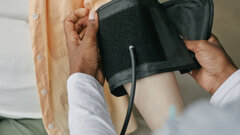
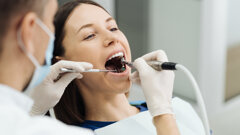
























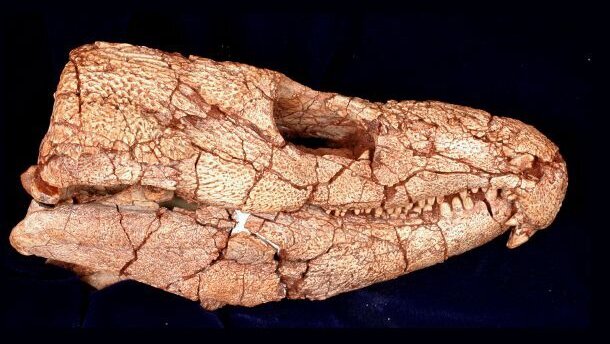








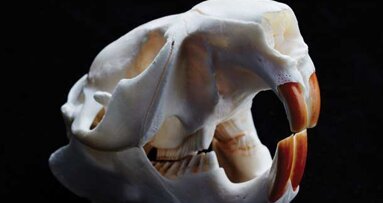
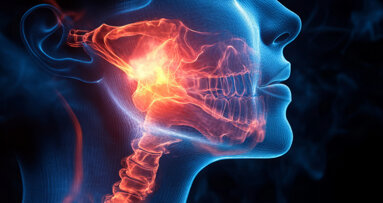
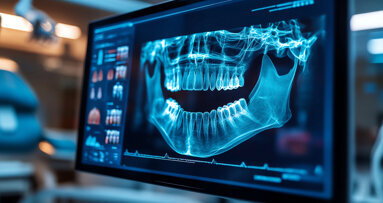

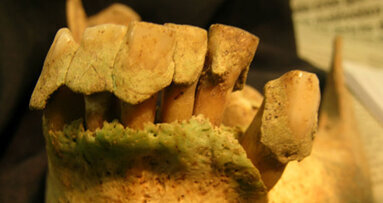
















To post a reply please login or register